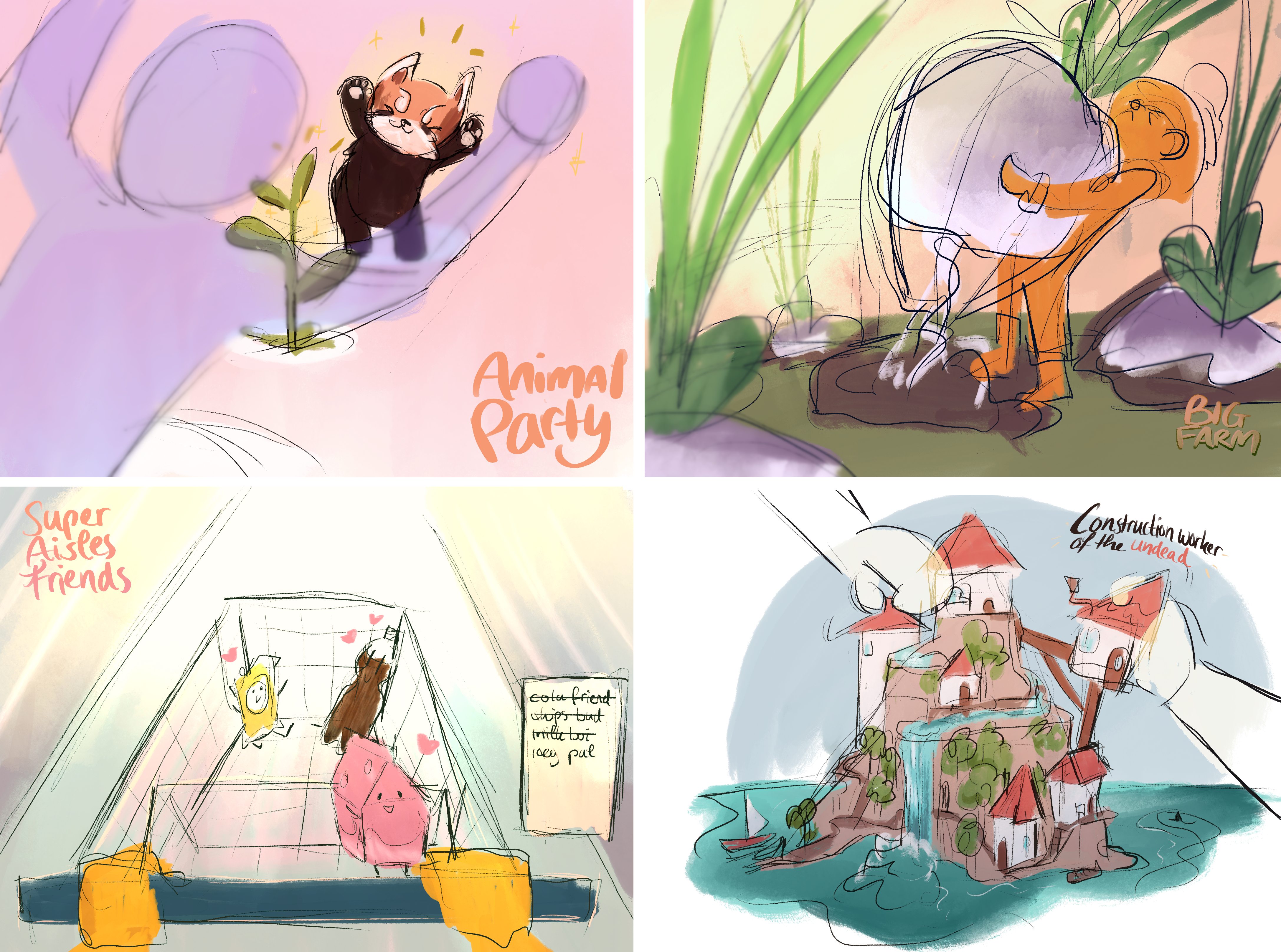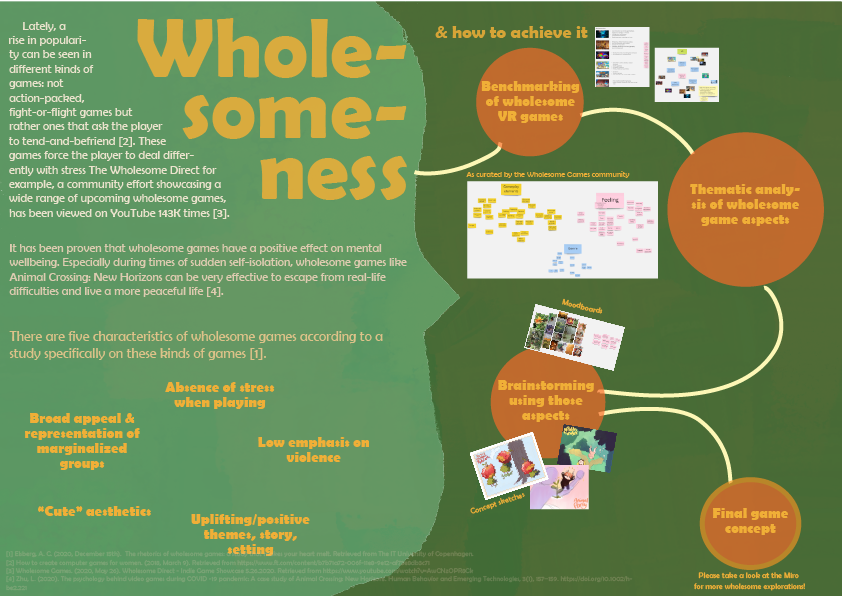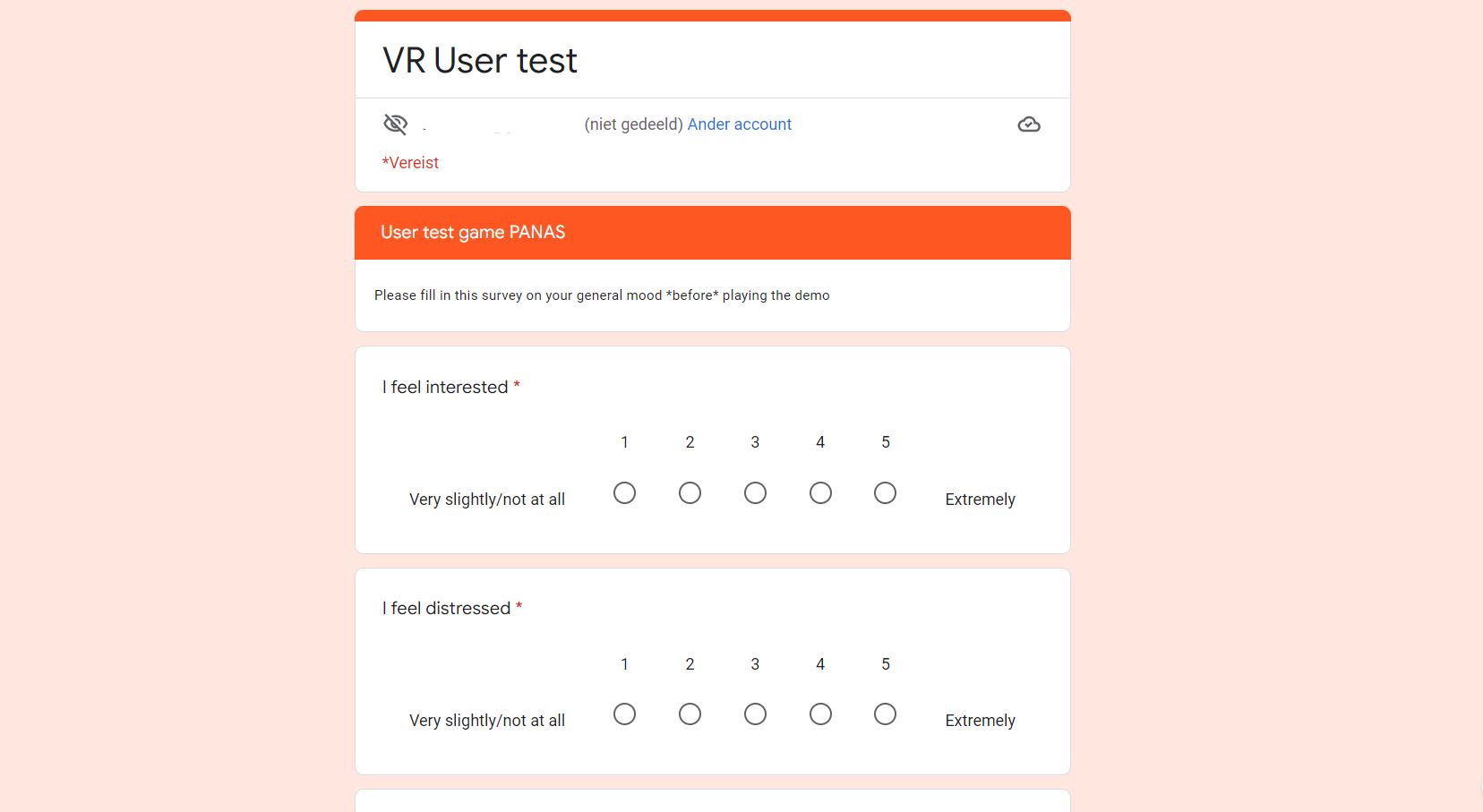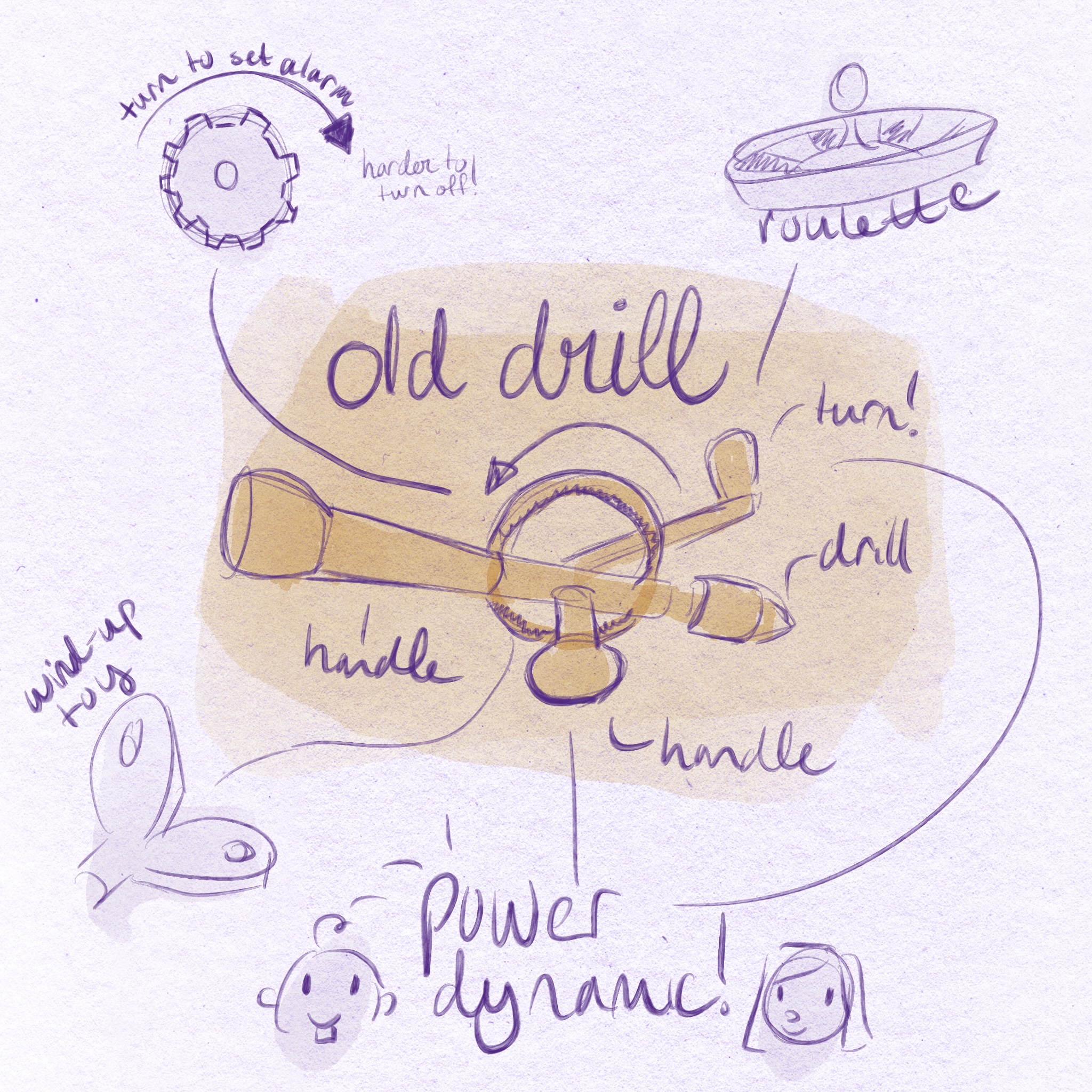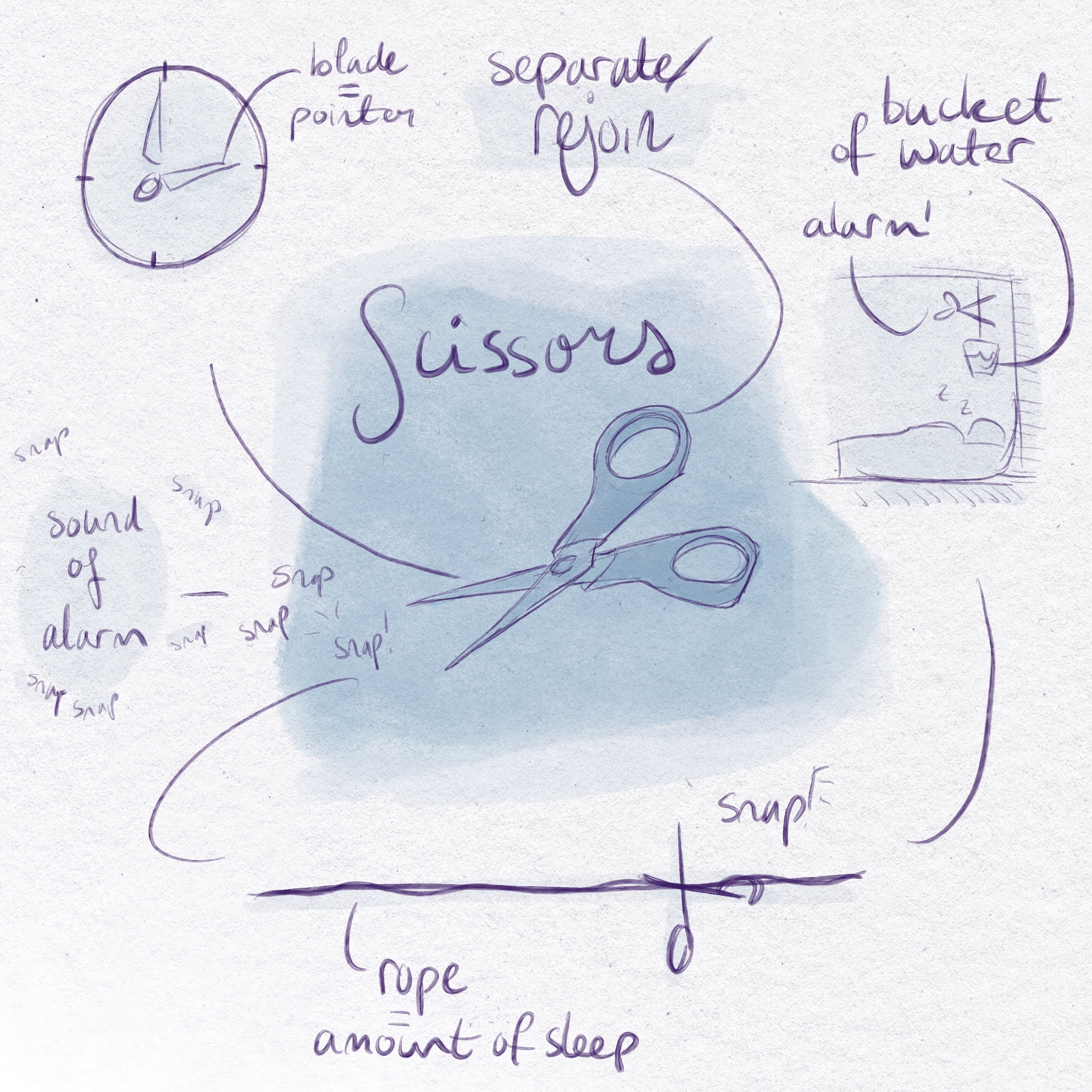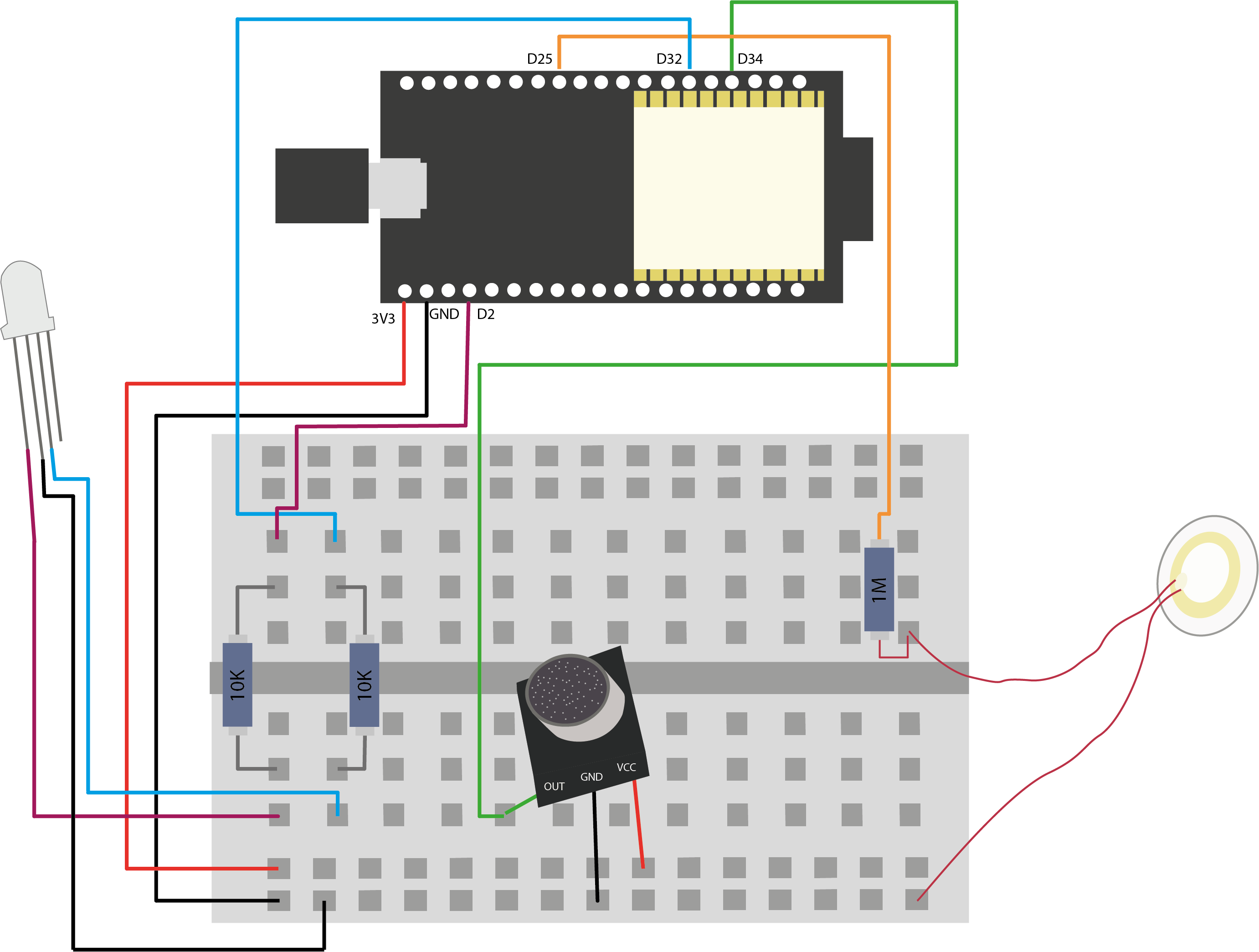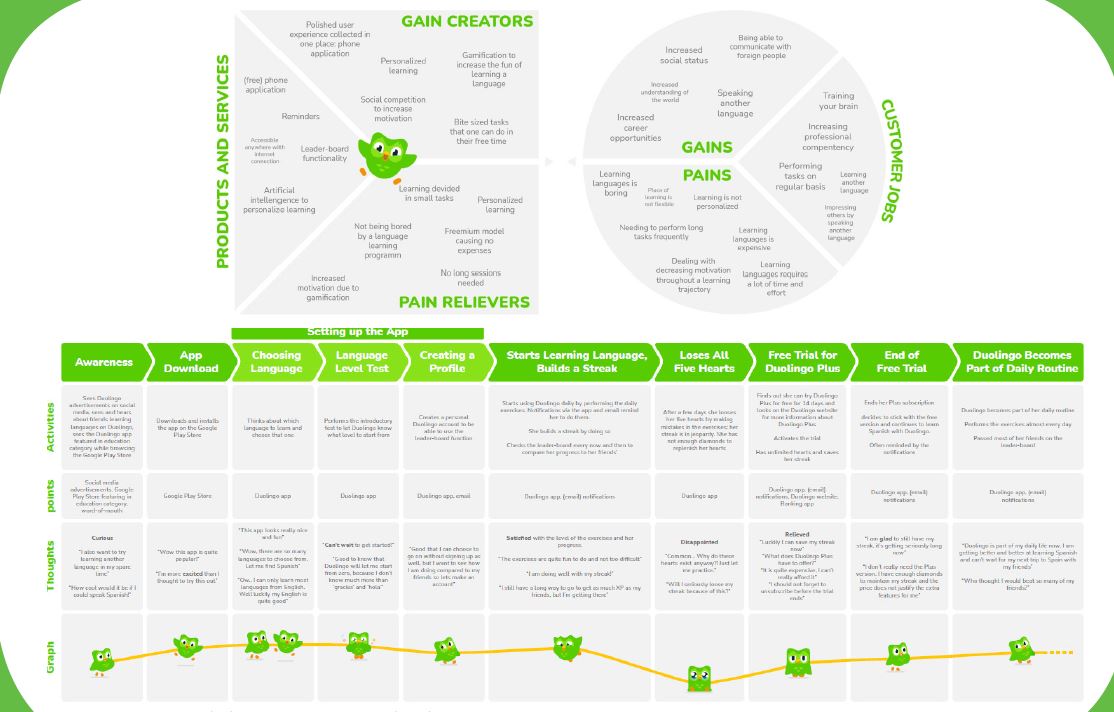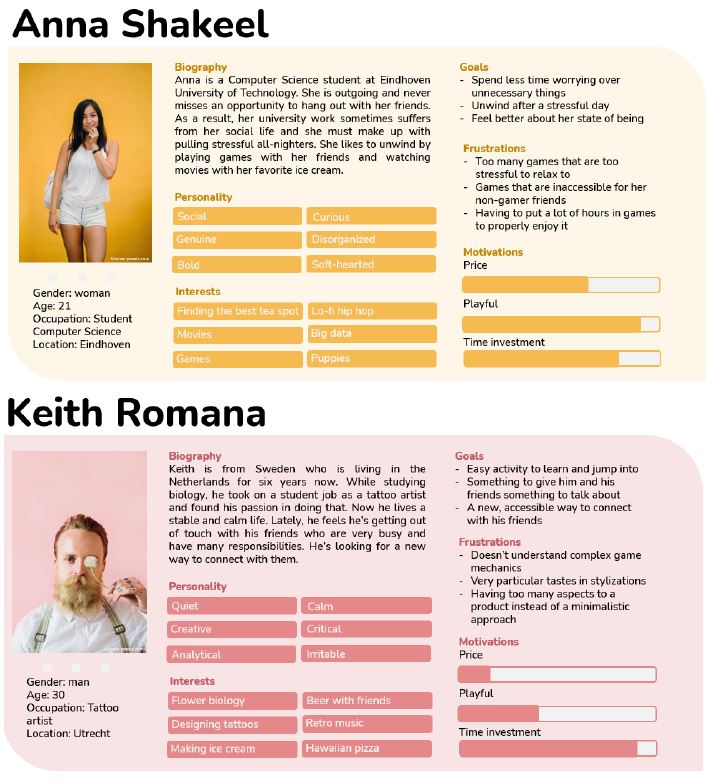
Hi there!
My name is Neslihan Can! I'm an Industrial Design graduate from Eindhoven University of Technology specializing in user interaction and playfulness in design.
Find some of my design values , selected projects here and miscellanious art & design work.




